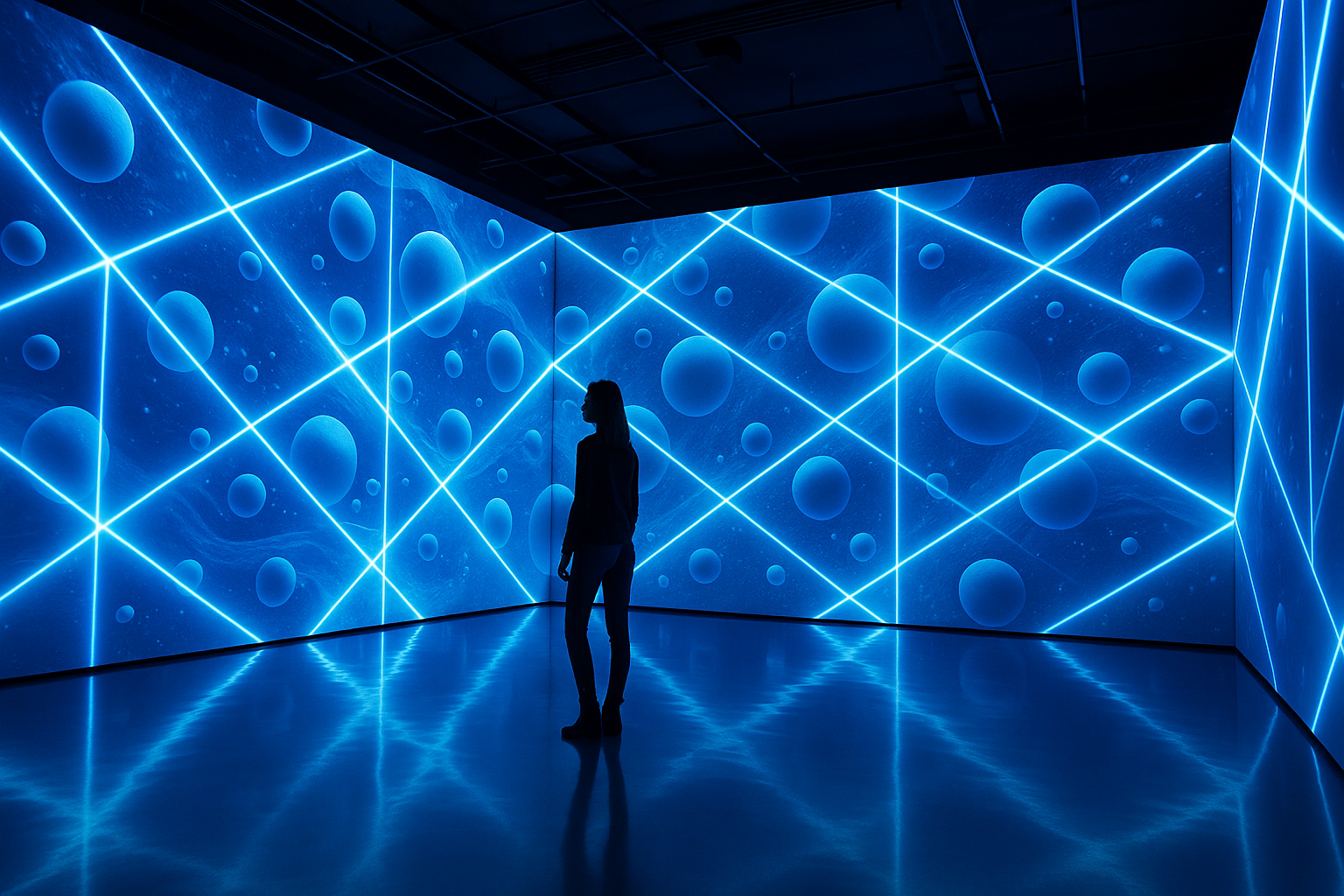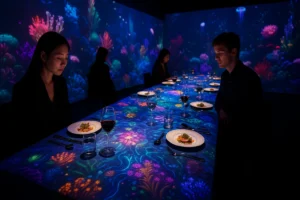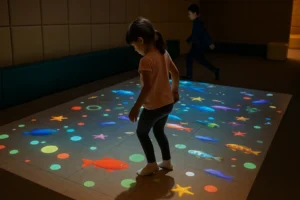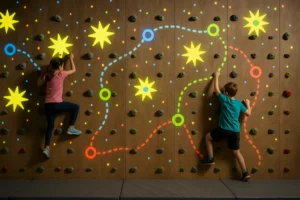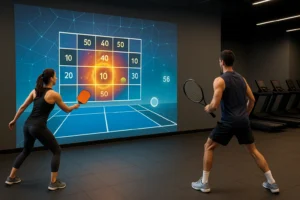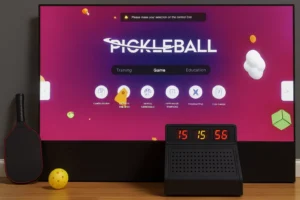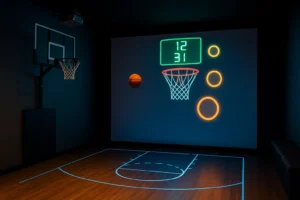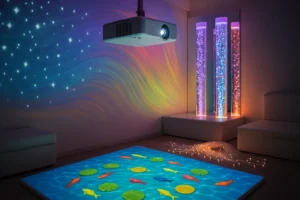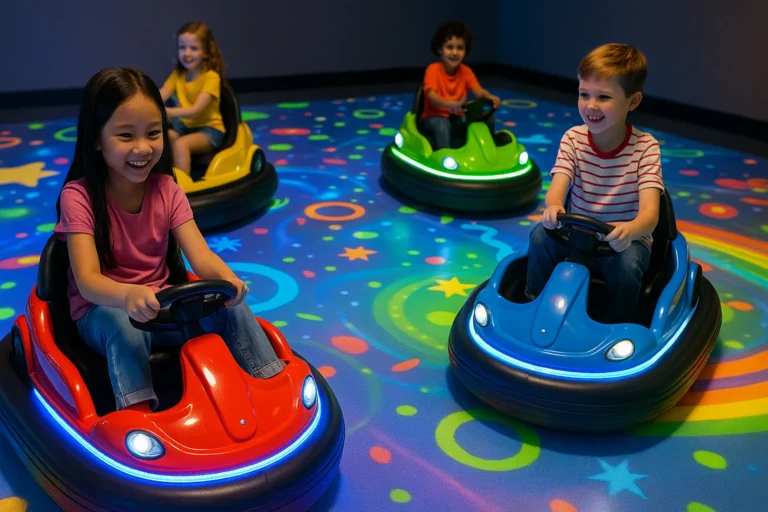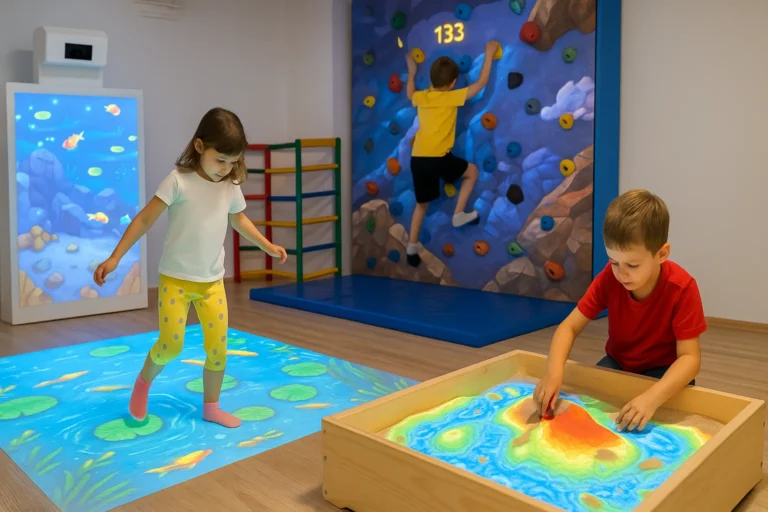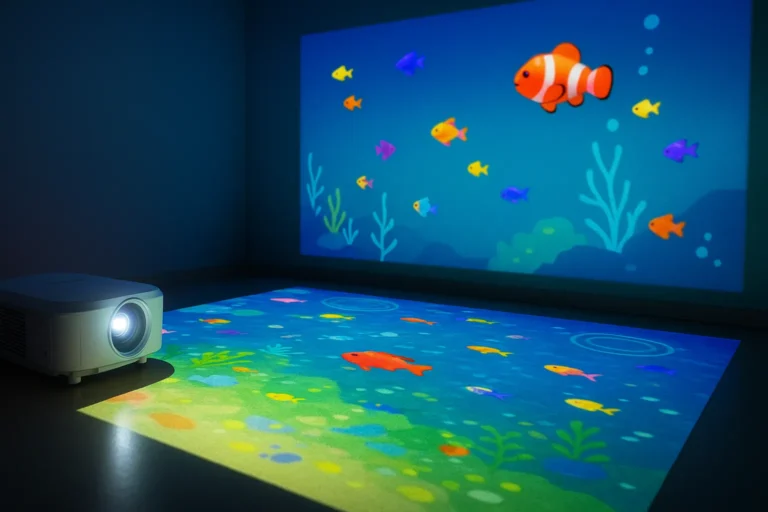Why Build an Immersive Experience Room? The Demand Behind the Hype
Immersive experience room like Bubble Planet are no longer niche. They’re now one of the hottest entertainment formats globally, captivating audiences in malls, events, pop-ups, and branded spaces. From interactive digital games to 360° projection mapping, these installations offer a sensory system that blends art, technology, and storytelling.
So, why is this trend exploding?
Because audiences crave something more than passive media. They want interactivity, emotion, and wow-factor visuals that they can capture and share. Whether it’s families, teens, or content creators looking for the next “Instagrammable” spot, immersive rooms satisfy all segments.
For brands like onecraze, this space isn’t just entertainment—it’s business. It’s an opportunity to showcase creativity, generate traffic, and monetize attention. But to deliver that, you need more than an idea—you need the right system, software, equipment, and marketing strategy.
What Tools and Systems Are Available? Comparing Equipment Options
Setting up an immersive experience room involves layers of technology and design. Here’s a breakdown of the main components and what’s available in the market:
1. Projection & Display Tech
🖥 Options: 360° projectors, LED walls, holographic displays
🧠 Best For: Full-room immersion, wraparound environments
🏷 Price Range: $5,000 – $100,000+ depending on scale
🔧 Suppliers: Epson, Barco, Samsung, local AV rental companies
2. Interactive Systems
🕹 Options: Motion tracking, gesture recognition, touch walls
🧠 Best For: Game-based environments, museum exhibits, kinetic interaction
🏷 Price Range: $2,000 – $30,000
🔧 Manufacturers: Leap Motion, Intel RealSense, Onecraze’s in-house tools
3. Sound & Vibration
🔊 Options: Spatial audio systems, vibro-acoustic flooring
🧠 Best For: Multisensory immersion, emotional engagement
🏷 Price Range: $3,000 – $50,000
🔧 Companies: L-Acoustics, Meyer Sound, Holoplot
4. Software & Content Engines
💻 Options: Unity, Unreal Engine, TouchDesigner
🧠 Best For: Real-time environments, procedural effects, synchronized media
🏷 Price: Varies by license – some free, others require enterprise deals
🔧 Makers: Epic Games, Derivative, open-source communities
5. Control Systems
🕹 Options: Central control apps, scheduling platforms, remote calibration tools
🧠 Best For: Venue automation, show control, fail-safe operation
🏷 Price: $500 – $10,000
🔧 Suppliers: Medialon, QLab, Onecraze custom software
Want the latest gear with seamless integration? Find it through trusted suppliers or talk to a manufacturer who understands immersive system needs—like onecraze at onecrazemedia.com. ✅
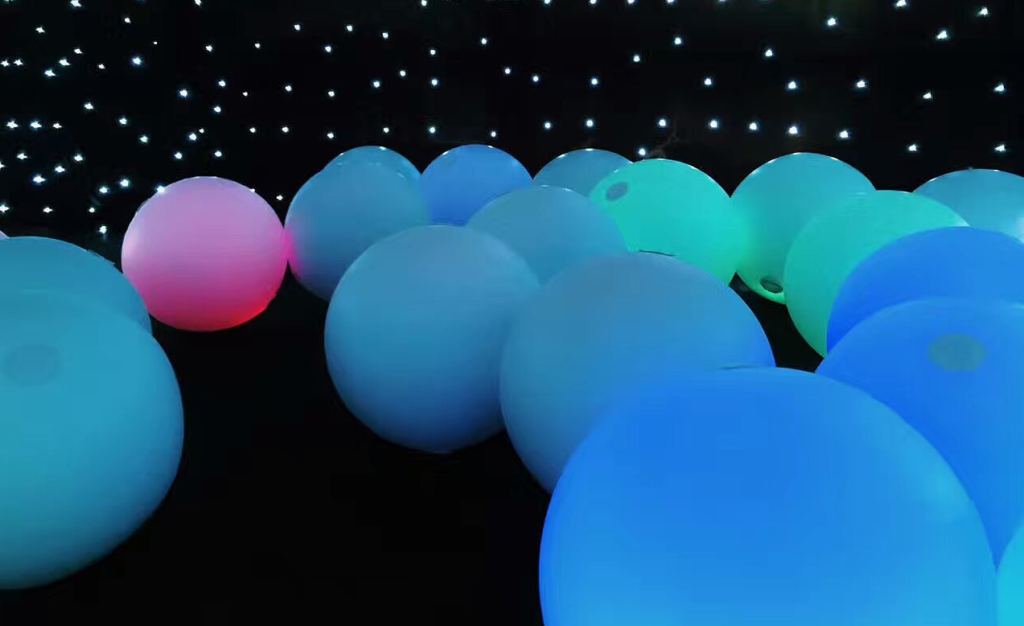
What Are the Pros and Cons of Different Systems? (Comparison Table)
| System Type | Advantages 👍 | Disadvantages 👎 |
|---|---|---|
| LED Panels | Bright, vibrant, modular | High price, heat generation |
| 360° Projectors | Full-room coverage, cinematic feel | Light bleed, needs calibration |
| Touch Walls | Engaging for kids, intuitive interaction | Limited to wall surfaces |
| Motion Tracking | Hands-free, futuristic experience | Requires space & calibration |
| Unreal Engine | Real-time graphics, photorealism | Steeper learning curve |
| Unity | Flexible, large developer community | Needs custom coding for high-end visuals |
| Spatial Audio | Deep immersion, directionally accurate | Costly & needs acoustic tuning |
| All-in-One Systems | Easy to set up, turnkey | Limited customization |
What Should You Buy? Real-Life Scenarios and Recommendations
Let’s break it down by use case so you can decide what to order or build based on your business model.
🎉 For a Pop-Up Event (Short-Term Installation)
- Go with modular LED panels, portable projectors, and prebuilt content.
- Use off-the-shelf software or onecraze’s templated systems.
- Add low-maintenance interactivity—like QR-based games.
Why? Lower setup time. High visual impact.
🏢 For a Permanent Storefront Experience
- Invest in premium projection systems + gesture-based interaction.
- Use a high-quality content engine like Unreal Engine for evolving visuals.
- Choose automation software to run shows without manual input.
Why? You need durability, scalability, and maintenance control.
🧠 For an Educational or Museum Space
- Use touchscreen displays and spatial audio for learning immersion.
- Choose cost-effective projectors and reliable software like Unity.
Why? Content flexibility and hardware resilience matter more than flashy effects.
🚀 For a Flagship Brand Activation or Franchise Model
- Build a fully integrated system using custom hardware + software.
- Partner with a professional maker or supplier like onecraze for installation.
Why? You need standout value and branding consistency.
The core system includes projection or display hardware, an interactivity module (like motion tracking), and control software. Without these, it’s just a fancy room.
You can buy modular packages, components, or full systems from vendors, AV integrators, or direct from a maker like onecrazemedia.com—we offer turnkey setups tailored to your space.
Yes. These are among the most popular software platforms used by professionals to power real-time visuals and interactive storytelling. They are the backbone of most high-end immersive environments.
Use teaser videos, countdown campaigns, social media ads, influencer previews, and limited-time events. Create a system of hype, urgency, and user-generated content. And always connect the physical with digital.

